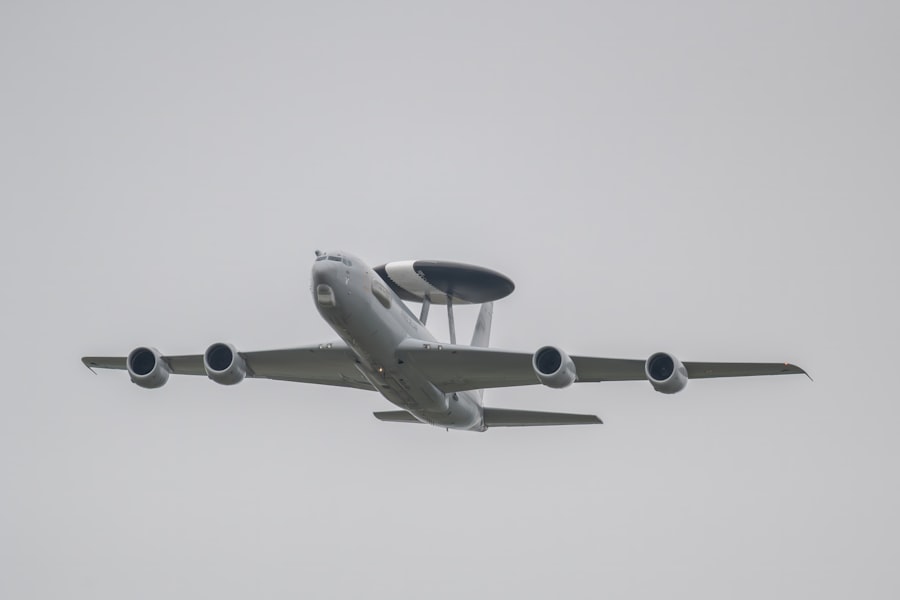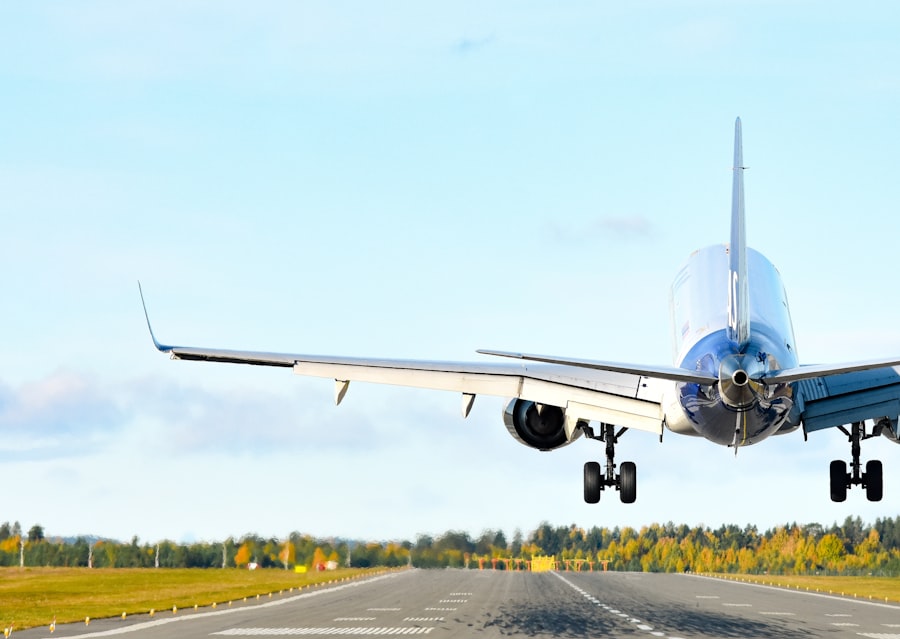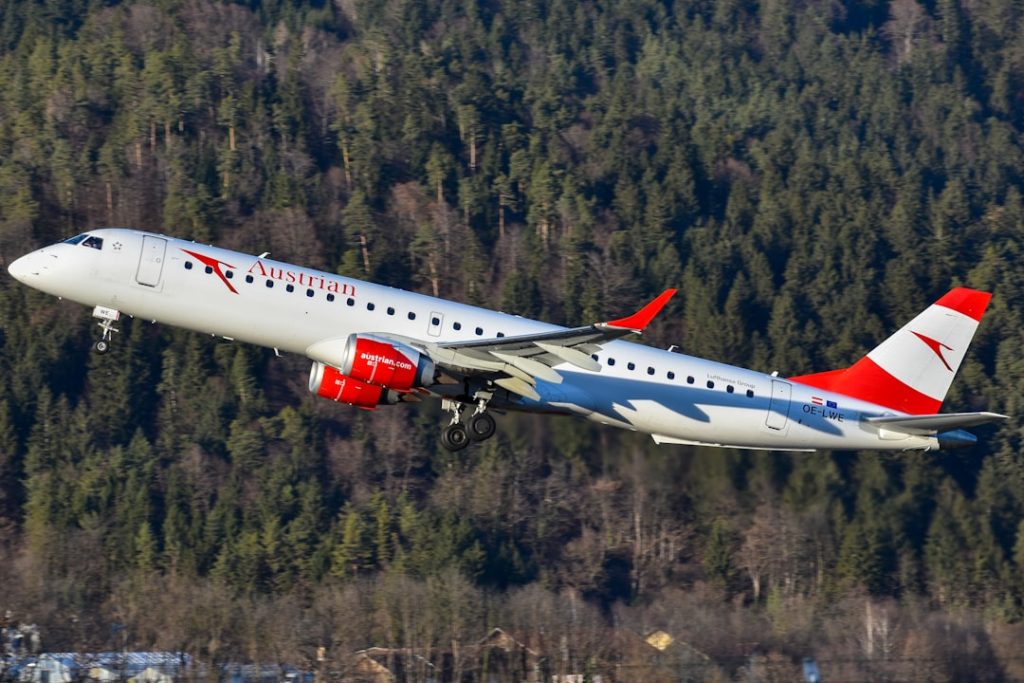The Embraer 195, a member of the E-Jet family, has carved a significant niche in the regional and short-haul market since its introduction in the early 2000s. Developed by the Brazilian aerospace company Embraer, this aircraft is designed to meet the growing demand for efficient, comfortable, and cost-effective air travel. With its first flight occurring in 2004 and subsequent entry into service in 2006, the Embraer 195 has become a popular choice among airlines looking to optimize their fleet for regional routes.
Its design philosophy emphasizes passenger comfort, operational efficiency, and versatility, making it a formidable competitor in the regional jet segment. The E-Jet family, which includes the Embraer 170, 175, 190, and 195, was developed to address the needs of airlines operating in markets that require aircraft capable of serving both regional and mainline routes. The Embraer 195 stands out due to its larger capacity compared to its siblings, accommodating up to 124 passengers in a single-class configuration.
This capacity allows airlines to maximize revenue on routes that may not justify larger aircraft while still providing a comfortable flying experience. The aircraft’s design and engineering reflect Embraer’s commitment to innovation and efficiency, positioning it as a key player in the evolving landscape of commercial aviation.
Key Takeaways
- The Embraer 195 is a popular regional jet known for its efficiency and comfort, designed and manufactured by Brazilian aerospace company Embraer.
- With a spacious cabin and ergonomic seating, the Embraer 195 offers a comfortable and enjoyable passenger experience, making it a preferred choice for regional travel.
- The Embraer 195 is equipped with advanced avionics and efficient engines, allowing for impressive performance and capabilities, including a high cruising speed and impressive range.
- The versatility of the Embraer 195 makes it suitable for various routes and operating conditions, while its range allows for both short and medium-haul flights, making it a flexible option for airlines.
- The Embraer 195 is known for its safety and reliability, with a strong track record and advanced safety features, making it a trusted choice for both passengers and airlines.
Design and Features of the Embraer 195
The design of the Embraer 195 is characterized by its sleek fuselage and modern aerodynamic features that enhance both performance and aesthetics. The aircraft measures approximately 38.65 meters in length, making it one of the longer models in the E-Jet family. Its wingspan extends to about 28.65 meters, featuring winglets that improve fuel efficiency by reducing drag during flight.
The overall design not only contributes to the aircraft’s performance but also provides a visually appealing silhouette that is easily recognizable in the skies. Inside the cabin, the Embraer 195 is designed with passenger comfort as a priority. The aircraft typically offers a two-class configuration with a spacious first class and an economy class that boasts generous legroom.
The cabin is equipped with large windows that allow natural light to flood the space, creating an inviting atmosphere. Additionally, the overhead bins are designed to accommodate larger carry-on luggage, addressing a common concern among travelers. The modern cabin layout also includes advanced lighting systems that can be adjusted to enhance the passenger experience during different phases of flight.
Performance and Capabilities of the Embraer 195

The performance capabilities of the Embraer 195 are impressive, particularly for an aircraft in its class. Powered by two General Electric CF34-10E engines, the aircraft delivers a thrust of up to 18,500 pounds each, enabling it to achieve a maximum cruising speed of approximately Mach 0.82. This speed allows airlines to operate efficiently on both short and medium-haul routes while maintaining competitive travel times.
The aircraft’s range is another notable feature; it can fly distances of up to 4,600 kilometers (about 2,500 nautical miles), making it suitable for various regional and transcontinental operations. In terms of operational efficiency, the Embraer 195 is designed to minimize fuel consumption and reduce environmental impact. Its advanced aerodynamics and lightweight materials contribute to lower operating costs per seat compared to older regional jets.
Airlines benefit from this efficiency through reduced fuel expenses and lower emissions, aligning with global efforts to promote sustainable aviation practices. Furthermore, the aircraft’s ability to operate from shorter runways expands its operational flexibility, allowing airlines to serve airports that may be inaccessible to larger jets.
Passenger Experience on the Embraer 195
| Aspect | Metric |
|---|---|
| Seat Pitch | 31 inches |
| Seat Width | 18 inches |
| Entertainment | On-demand TV and movies |
| Wi-Fi | Available for purchase |
| Food and Beverage | Complimentary snacks and drinks |
The passenger experience aboard the Embraer 195 is often highlighted as one of its strongest selling points. The cabin is designed with a focus on comfort and convenience, featuring ergonomic seating that provides ample legroom even in economy class configurations. Many airlines have opted for a 2-2 seating arrangement in business class, ensuring that every passenger has direct access to an aisle without needing to disturb others.
This layout not only enhances comfort but also contributes to a more pleasant boarding and deplaning process. In-flight entertainment options on the Embraer 195 vary by airline but often include personal screens or streaming services accessible via passengers’ devices. This flexibility allows airlines to tailor their offerings based on their target market and operational strategy.
Additionally, many operators provide complimentary snacks and beverages, further enhancing the overall travel experience. The combination of thoughtful design elements and modern amenities ensures that passengers feel valued and comfortable throughout their journey.
Versatility and Range of the Embraer 195
One of the defining characteristics of the Embraer 195 is its versatility in serving various markets. The aircraft is equally adept at operating short-haul flights within regional networks as it is at handling longer routes that connect smaller cities with major hubs. This adaptability makes it an attractive option for airlines looking to optimize their fleet for diverse route structures.
For instance, airlines can deploy the Embraer 195 on routes that require higher capacity during peak travel seasons while still maintaining operational efficiency during off-peak times. The range of the Embraer 195 further enhances its appeal as a versatile aircraft. With a maximum range of approximately 4,600 kilometers, it can easily connect cities across continents without necessitating frequent stops for refueling.
This capability allows airlines to explore new markets and expand their route networks without investing in larger aircraft that may not be fully utilized on certain routes. The ability to serve both regional and longer-haul destinations positions the Embraer 195 as a valuable asset in an airline’s fleet strategy.
Safety and Reliability of the Embraer 195

Safety is paramount in aviation, and the Embraer 195 has been designed with numerous features that enhance its reliability and operational safety. The aircraft is equipped with advanced avionics systems that provide pilots with critical information for navigation and flight management. These systems include weather radar, terrain awareness warning systems (TAWS), and enhanced ground proximity warning systems (EGPWS), all contributing to safer flight operations.
Moreover, the Embraer 195 has undergone rigorous testing and certification processes to ensure compliance with international safety standards set by organizations such as the Federal Aviation Administration (FAA) and the European Union Aviation Safety Agency (EASA). Its track record in service has been commendable, with relatively few incidents reported since its introduction into commercial operations. Airlines operating the Embraer 195 benefit from its reputation for reliability, which translates into fewer maintenance issues and increased operational uptime.
Maintenance and Operating Costs of the Embraer 195
When evaluating an aircraft for commercial operations, maintenance and operating costs are critical factors for airlines. The Embraer 195 is designed with maintainability in mind; its systems are modular and accessible, allowing for efficient servicing and repairs. This design philosophy reduces downtime during maintenance checks, enabling airlines to keep their fleets operational for longer periods.
Operating costs for the Embraer 195 are competitive within its class, particularly when considering fuel efficiency and maintenance expenses. The aircraft’s advanced engines contribute significantly to lower fuel consumption compared to older regional jets, which is a crucial consideration given fluctuating fuel prices. Additionally, its robust design minimizes wear and tear on components, leading to lower overall maintenance costs over the aircraft’s lifespan.
Airlines can leverage these cost advantages to enhance profitability while providing reliable service to their customers.
Future of the Embraer 195 in the Aviation Industry
As the aviation industry continues to evolve in response to changing market demands and environmental considerations, the future of the Embraer 195 appears promising. With increasing emphasis on sustainability, airlines are seeking more fuel-efficient aircraft that can help reduce their carbon footprint while maintaining profitability. The Embraer 195’s design aligns well with these goals, making it an attractive option for operators looking to modernize their fleets.
Furthermore, as air travel demand rebounds post-pandemic, there is likely to be renewed interest in regional air travel solutions that connect underserved markets with major hubs. The versatility of the Embraer 195 positions it well within this context; its ability to operate efficiently on both short-haul and medium-haul routes makes it a valuable asset for airlines aiming to expand their networks without incurring excessive costs associated with larger aircraft. In conclusion, while challenges such as competition from newer models may arise, the Embraer 195’s established reputation for performance, comfort, and operational efficiency will likely ensure its continued relevance in the aviation industry for years to come.
As airlines adapt to new realities in air travel demand and sustainability initiatives, this aircraft will remain a key player in shaping regional aviation’s future landscape.


